Composting 101: How to Get Started with Composting at Home
Are you ready to turn your kitchen scraps and yard waste into nutrient-rich soil for your garden? Composting is an easy and effective way to reduce waste and improve your soil’s health. Whether you’re new to composting or looking to fine-tune your process, this guide will cover everything you need to know to get started.
We’ve also hosted a live workshop on composting to go over the basics and answer common composting questions. Be sure to watch the video below for step-by-step instructions and tips on making your composting journey a success!
What is Composting?
At its core, composting is the natural process of breaking down organic material like food scraps and yard waste into nutrient-rich soil known as compost. Microorganisms, fungi, and worms all work together to decompose this material, leaving behind a valuable fertilizer that improves your garden’s soil structure, boosts plant growth, and reduces the need for chemical fertilizers.
By composting, you’re also helping reduce landfill waste and lower your carbon footprint—making it an essential practice for anyone looking to garden more sustainably.
Key Benefits of Composting
There are so many great reasons to start composting! Here are a few of the key benefits you’ll experience:
- Improves Soil Structure: Compost helps bind soil particles together, improving aeration and water retention.
- Increases Soil Fertility: It provides essential nutrients like nitrogen, phosphorus, and potassium to boost plant growth.
- Reduces the Need for Fertilizers: Compost naturally enriches the soil, reducing the need for chemical fertilizers.
- Decreases Waste: By composting, you’re keeping food scraps and yard waste out of landfills, reducing your overall waste.
The Composting Process: A Step-by-Step Guide
Here’s a quick breakdown of the composting process, which we cover in more detail in the video below:
- Collect Compost Materials: Gather kitchen scraps like fruit and vegetable peels, coffee grounds, eggshells, grass clippings, and dried leaves.
- Balance Your Browns and Greens: Aim for a ratio of 3 parts browns (carbon-rich materials like leaves and cardboard) to 1 part greens (nitrogen-rich materials like veggie scraps and grass clippings).
- Aerate and Control Moisture: Turn your compost regularly to introduce oxygen, and keep the pile as moist as a wrung-out sponge.
- Monitor Time and Temperature: Compost can take anywhere from a few months to a year to fully break down. The ideal internal temperature is between 120-160°F.

Common Composting Challenges (and How to Solve Them)
Composting doesn’t always go perfectly, and that’s okay! Here are some common challenges and how to troubleshoot them:
- Bad Odors: This is often caused by too much green material or not enough air. Turn your pile and add more browns.
- Too Dry: If your compost pile isn’t breaking down, it may need more moisture or greens. Sprinkle with water or add fresh kitchen scraps.
- Slow Decomposition: Adjust your ratio of browns to greens, and ensure the pile is turned regularly to speed up the process.
Different Composting Methods
There are several ways to compost depending on your available space and needs. Here are the methods we recommend:
- Traditional Compost Pile: A simple heap of compostable materials in your yard.
- Compost Tumblers: A closed container you rotate to aerate the compost easily.
- Vermicomposting: Composting with worms, perfect for indoor composting.
- Urban Composting: Solutions like the Smart Pot Urban Compost Sak, which we highlight in the workshop, are great for smaller spaces.
Watch Our Composting Workshop!
Want to dive deeper into the composting process and learn how to start your own compost pile at home? Watch our Composting 101: Getting Started with Composting workshop below for step-by-step guidance, expert tips, and live answers to common questions.
Let’s Get Composting!
Composting is a simple way to reduce waste and improve your garden’s health, whether you’re composting with a pile, a tumbler, or worms. Start small, experiment with your method, and watch how your garden thrives with nutrient-rich compost.
If you have any questions or need more tips, feel free to reach out to us or leave a comment below! Let’s grow something good together.
Learn more about growing over 100 different foods, including how to manage various pests in our FREE iOS, Android, or new Universal Web App!

Carrie Spoonemore, co-founder of “From Seed to Spoon,” stands as a beacon of inspiration for gardeners and health enthusiasts alike. Her journey alongside her husband, Dale Spoonemore, in creating a platform that demystifies gardening and promotes a healthier lifestyle, has made a significant impact on individuals around the globe. Through the “From Seed to Spoon” app, Carrie has dedicated herself to empowering people to take control of their health and environment by growing their own food.
With a profound belief in the power of gardening to improve mental and physical health, Carrie’s contributions to the Seed to Spoon blog reflect her holistic approach to wellness. Her articles often focus on the nutritional benefits of homegrown fruits and vegetables, organic gardening practices, and the mental health benefits of spending time in nature. Carrie’s expertise in health science shines through in her detailed discussions on how specific plants can contribute to a balanced diet and overall well-being.
Carrie’s passion for gardening is deeply intertwined with her commitment to family and community wellness. She frequently shares personal stories of how gardening has brought her family closer together, offering practical tips for involving children in gardening activities and making it a fun, educational experience. Her writing encourages families to explore gardening as a means of spending quality time together while learning about nature and sustainability.
In addition to gardening advice, Carrie’s contributions to the blog include insights into the use of technology to enhance the gardening experience. She has played a crucial role in designing the “From Seed to Spoon” app to be user-friendly, ensuring that users of all ages and backgrounds can navigate the complexities of gardening with ease. Her vision for the app is not just as a gardening tool but as a vehicle for change, inspiring individuals to adopt a more sustainable lifestyle by growing their own food.
Carrie Spoonemore’s presence on the blog is marked by her compassionate approach to teaching and her unwavering belief in the transformative power of gardening. Her work continues to inspire a community of gardeners to pursue a healthier, more sustainable way of living, proving that with the right tools and knowledge, anyone can become a gardener and advocate for their health and the planet.


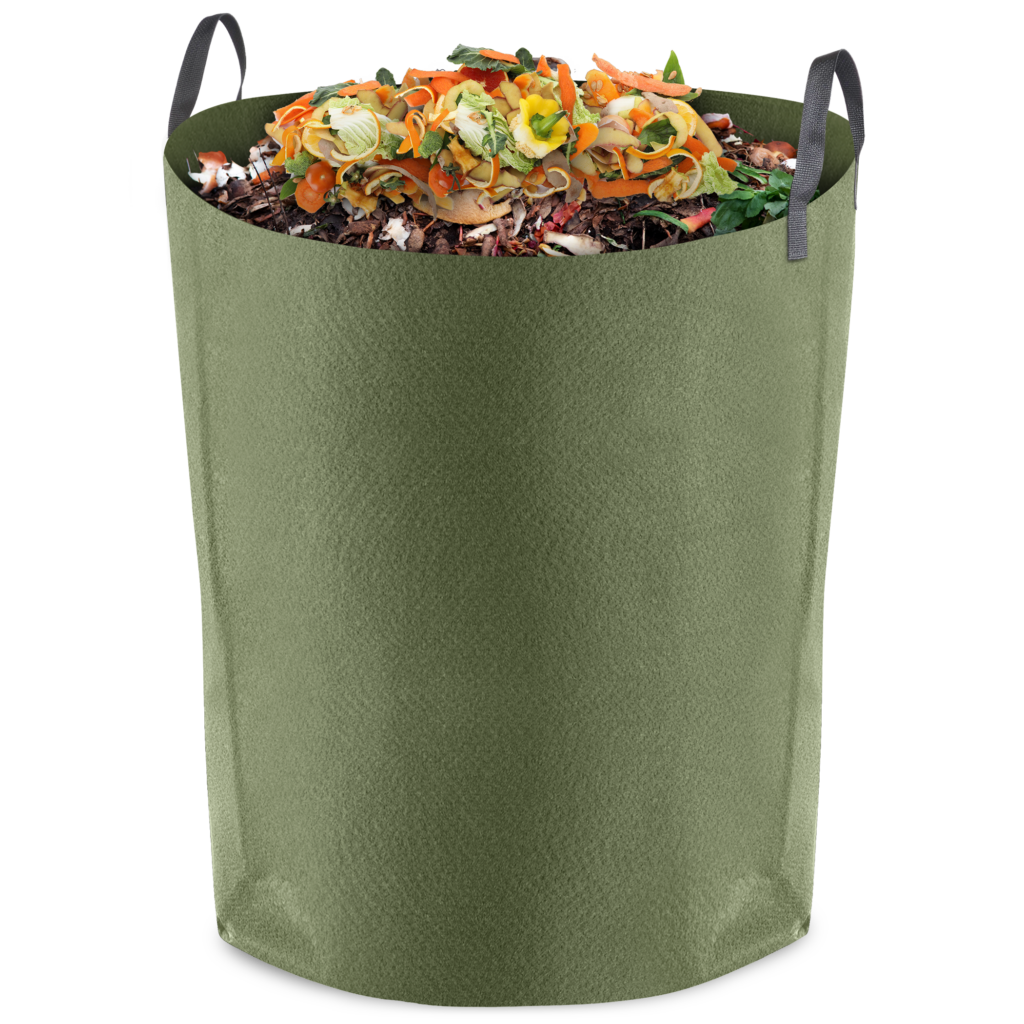
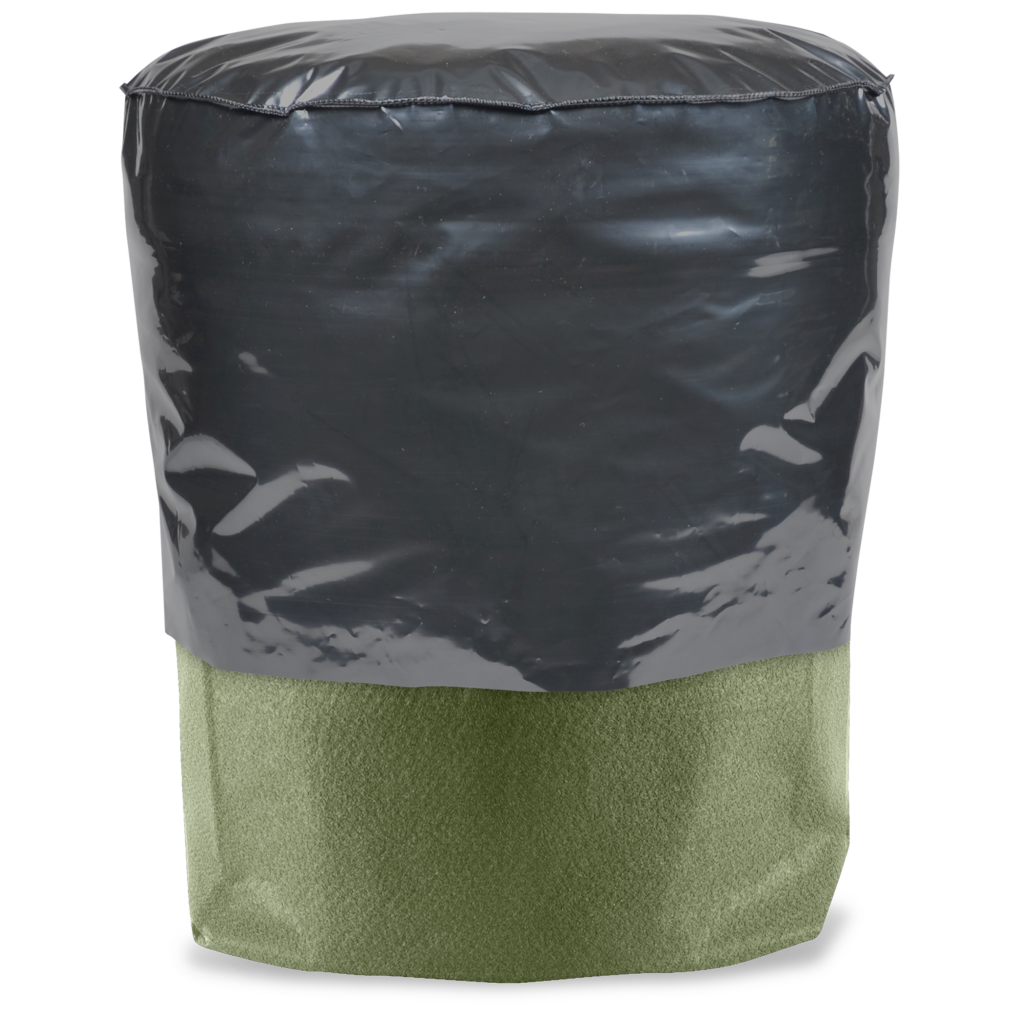
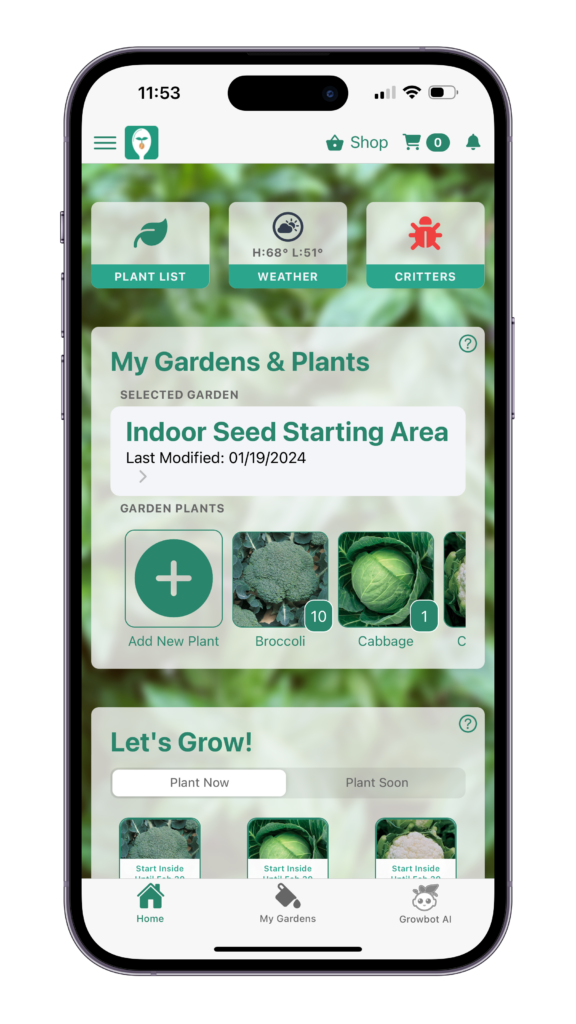

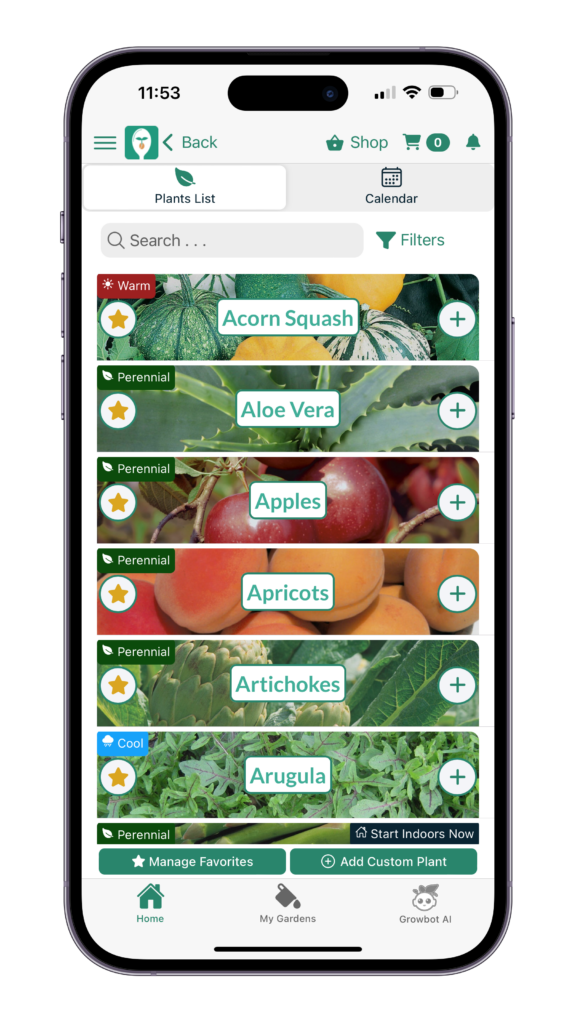


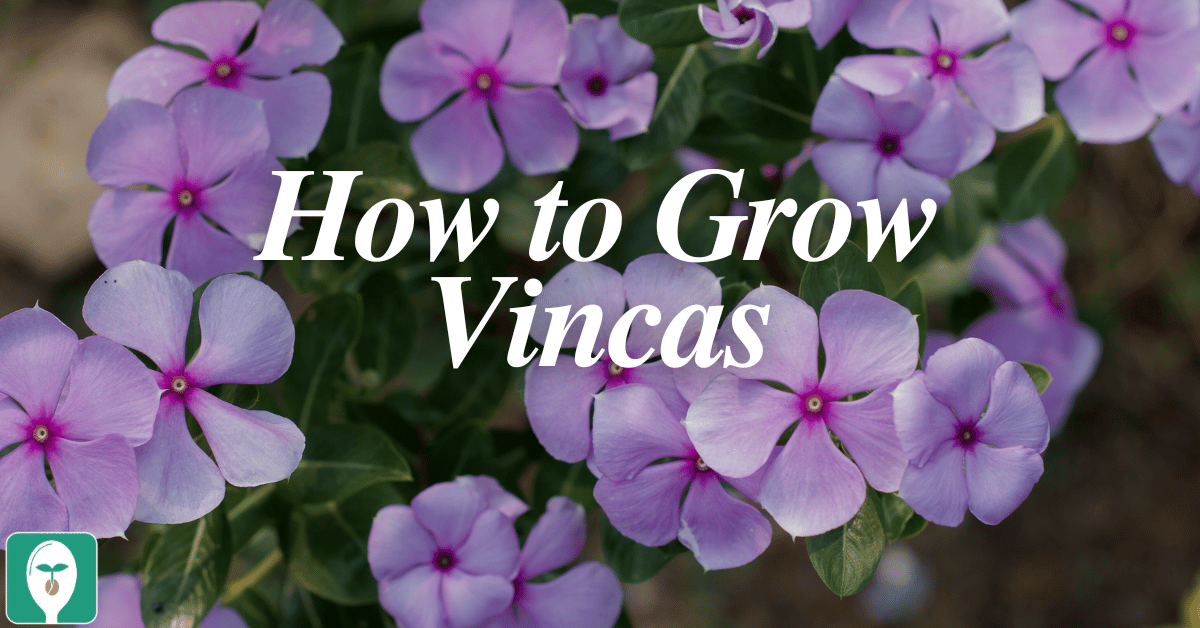
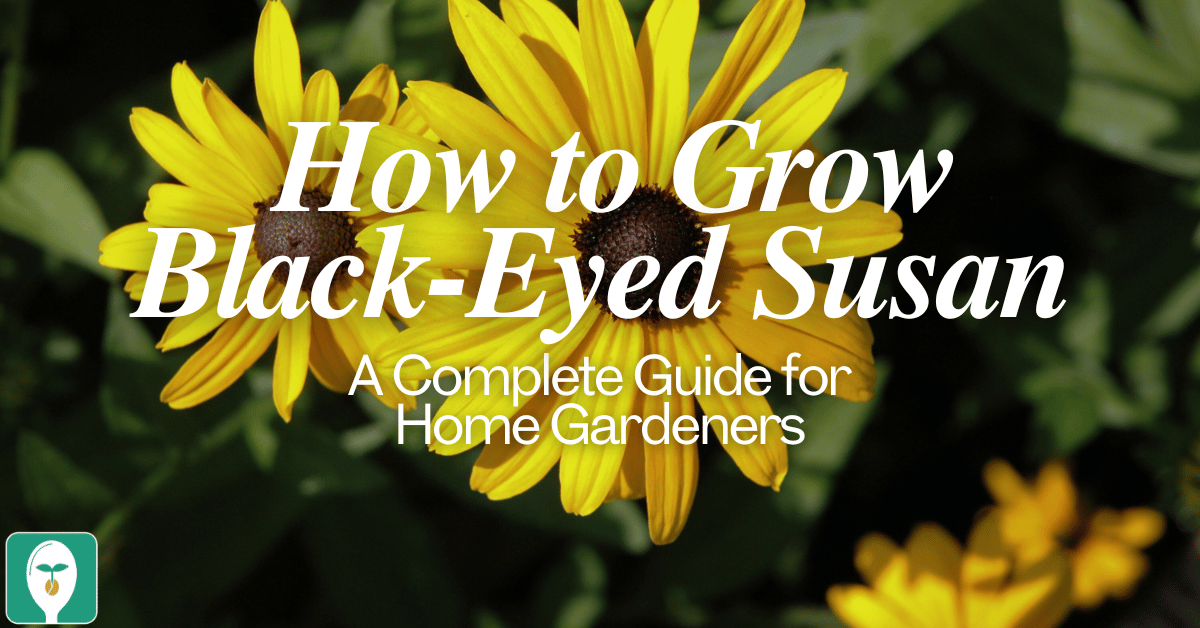
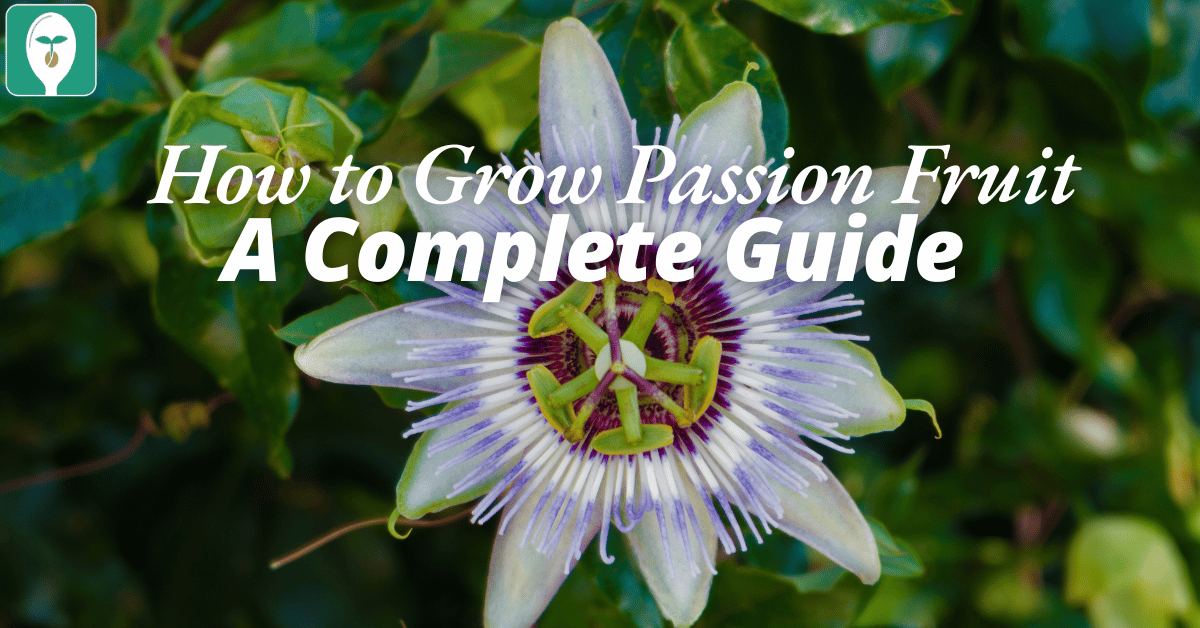

One thought on “Composting 101: How to Get Started with Composting at Home”
Thank you for this fantastic guide on getting started with composting! 🌱 I’ve always been interested in reducing waste at home, and your step-by-step tips make it seem so much more achievable. I especially appreciated the advice on balancing greens and browns—definitely a game-changer for avoiding that funky smell! 🤢
Quick question: do you have any recommendations for composting during the winter months? I’m worried that the cold weather will slow down the process too much. Thanks again for all the great info!